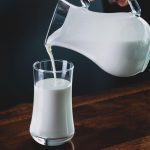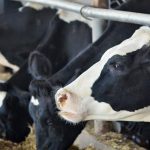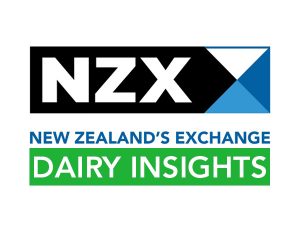
Global Dairy Trade (GDT) butter prices have jumped a whopping 42% since the start of the year, says ASB senior rural economist Nathan Penny.
With butter up 3.5% at last week’s event, this was its 10th consecutive gain both for butter and the GDT overall, says Penny.
Penny says the butter price may push the 2019/20 milk price above the bank’s current forecast of $7/kgMS. That call was also made by BNZ’s rural economist Doug Steel in mid-March.
Steel now says if today’s prices and currency levels were to persist over the coming season it would equate to a milk price in the mid-$7 area. BNZ’s current forecast for the new season is $6.70/kg, but that includes a view that international product prices drift lower and the New Zealand dollar remains reasonably steady.





















